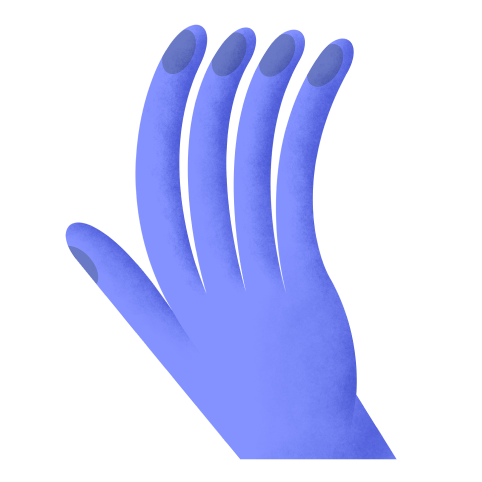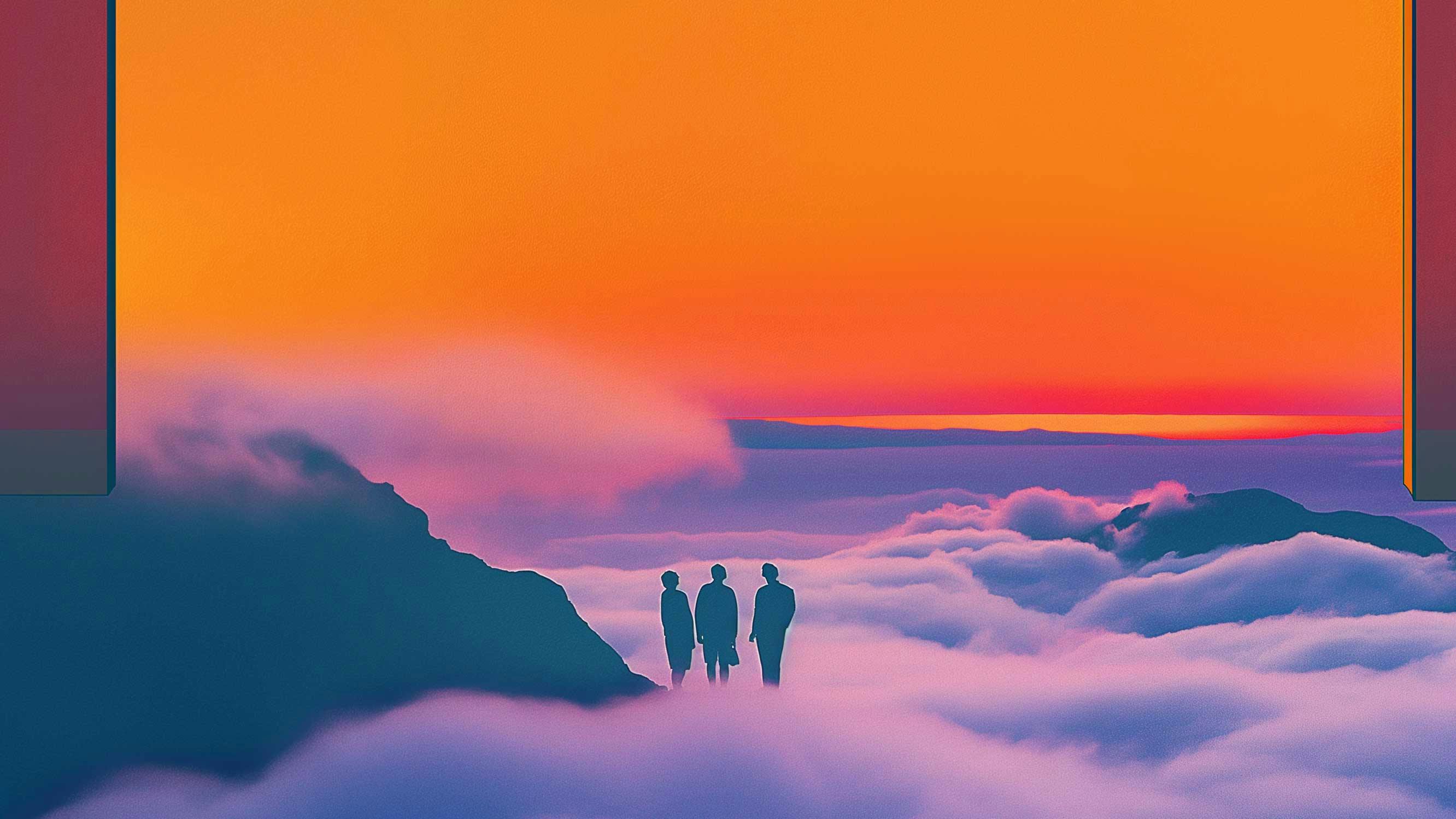Fragmented Narrations: Indie Mag Publisher Ricarda Messner Talks Shop with Use All Five

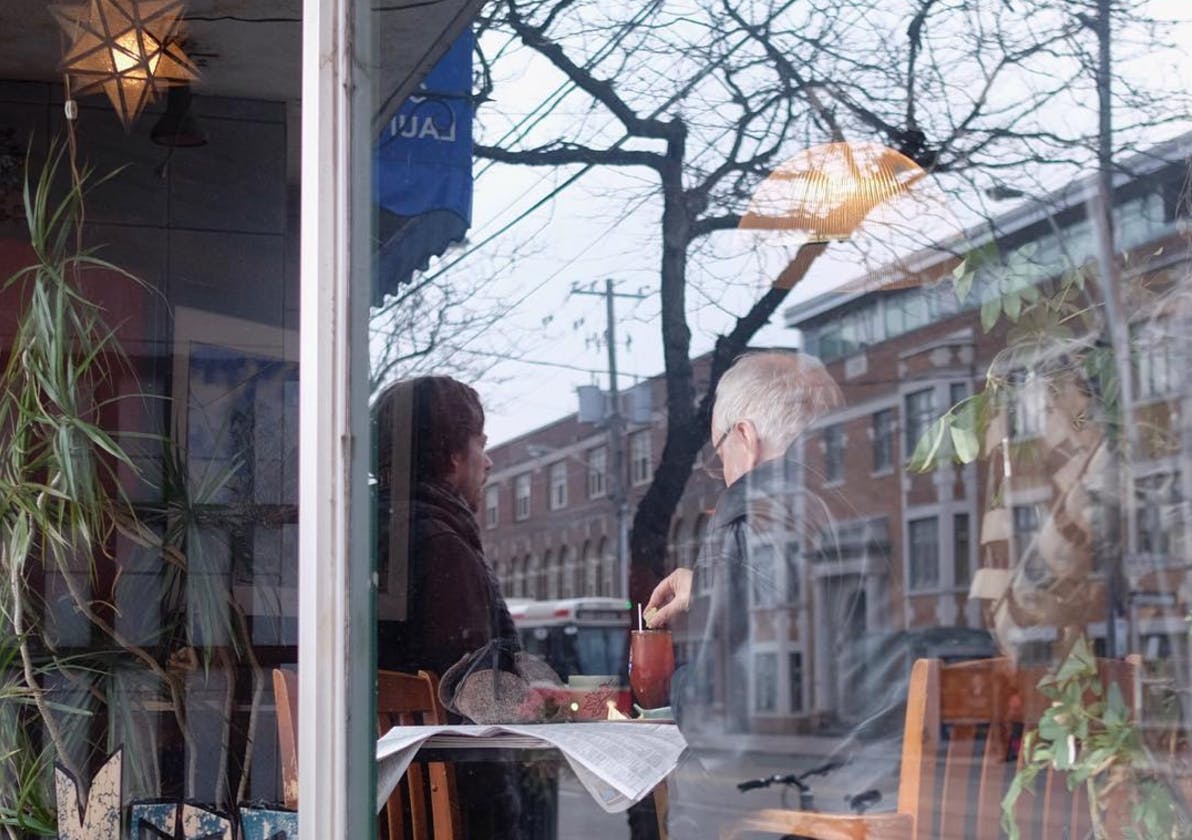
There’s a great explanation of the idea of the “flaneur” in your first issue, “Kantstrasse” →
“Derived from the French verb ‘flâner’ (to stroll), the flaneur was invented in the 19th century by French poet, critic and translator Charles Baudelaire… Baudelaire was one of the first prominent poets to notice the effects of the city on the individual: how people were bewildered, fascinated and intimidated by this new notion of ‘the crowd’. Artists, he declared, needed henceforth to immerse themselves in the metropolis in order to understand it, they must become ‘botanists of the sidewalk’”
How did you personally first discover this idea? What drew you to exploring cities? How are you evolving or contributing to this concept with Flaneur?
I initially had the idea of dedicating a magazine to one street in a different city, seeing the potential to use the street as a storyteller we’re daily faced with and to work with the surface in an interdisciplinary way. I was lucky to then meet Fabian (Saul) and Grashina (Gabelmann) who created an editorial framework around this very linear concept. I think we also understood more and more, from issue to issue, that the magazine is rather the object which holds our experiences, those subjective fragmented narrations together. The way we use the magazine comes closer to a cultural method how we dive into cities. By focusing on something so concrete you ultimately get actually a better understanding of the complexity of a place. Compare it to the way a classic tourist or travel guide works – the person is jumping from A to B to C while always being in a very superficial dialogue with the city. We don’t sell the place, we work with it and we’re able to dive into the material much deeper through the focus of one street. Funnily enough after Grashina, Fabian and I had our first get togethers we came up with the name in the very last moment. We understood this comes very close to the concept of the Flaneur but we were interested in translating our work into diverse disciplines. This is why you see contributions by all kinds of people ranging from a diversity of backgrounds. There is no hierarchy when it comes to our selection of people we team up with.
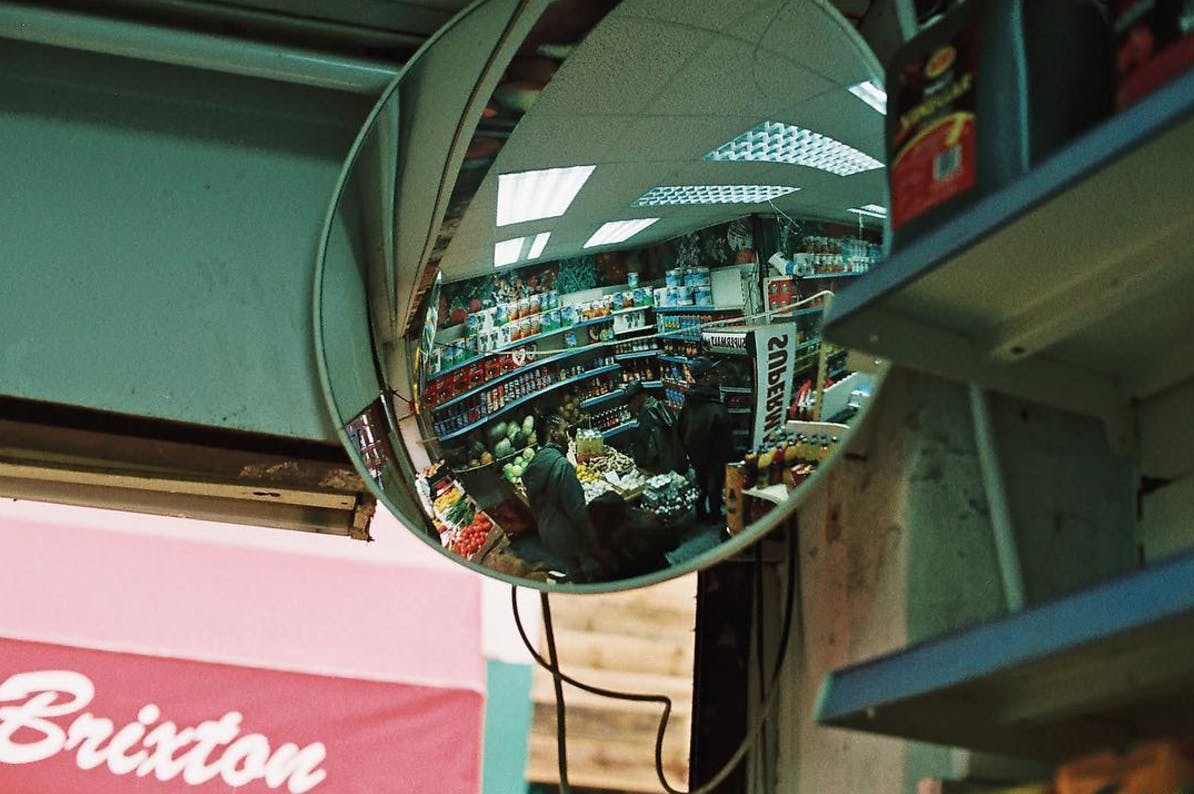
How did the process of creating an indie mag match with your expectations before starting? What were some of the unexpected hurdles?
I had absolutely no idea what publishing meant. The decision of doing a magazine came first and then I slowly had to understand what it actually means – to publish. The entire creation, how to work as a team on a magazine, how to finance, distribute, market the publication etc. So every hurdle which came in my way felt very unexpected. By now there is more of a routine to it but every city we head to brings a new dynamic along, so there are always unexpected challenges we need to face.
What do you get up to during your location visits? How do you know when you’ve found the right street? How do you choose the cities?
It’s a two-month on-site production process and it’s usually both of the editors, Fabian and Grashina, who get to stay for the entire time. Unfortunately, I am not always able to take off for 2 months straight. We spend a lot of time walking in the beginning, trying to feel and react to the place we’ve arrived in. Listening to stories, taking recommendations into consideration but by the end of the day, we go with a feeling that a street evokes in us. All of the stories as to why we ended up with our streets differ from each other. There is no formula, no criteria whatsoever. By the end of the day, Fabian and Grashina create the editorial framework in such a way that we end up with universal stories by focusing on something so microscopic as one street.
When it comes to cities – sometimes places also reach out to us by interesting coincidence, random encounters, connections throughout our everyday life. Cities like Moscow or Athens have for sure motivated us in times when there usually was a very narrow narrative about those places, primarily in a political and economic context. So we were eager to go there ourselves and give the local contributors more of a platform to share their stories in our format of Flaneur and initiating mutual collaborations.
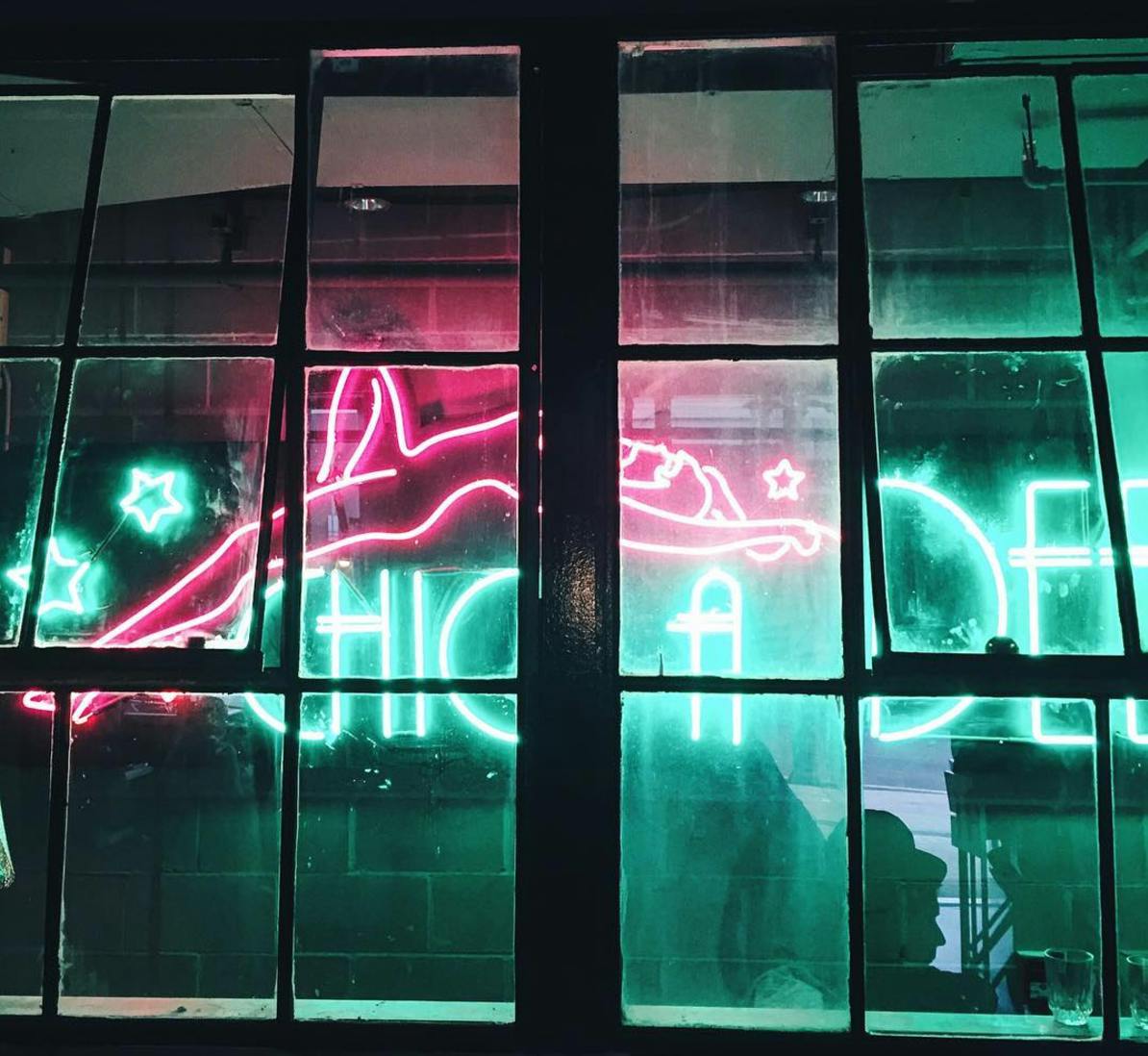
Reading through Flaneur, it feels as though there’s no real beginning or end. If you open it to a random page, you’re in the right place. Can you tell us about how you developed the layout? (feel free to share the nerdy/technical details)
The layout is the beautiful work by design studio Yukiko. Michelle and Johannes work very very closely with the editorial team and try each time to translate the editorial approach and the premise of the street into their own design language. So rather than pressing the content into a preformulated design template, the content continues with the art direction and design. But yes we also don’t work in a linear way on the streets, it’s a constant dipping in, dipping out process and so you don’t need to pick up the issue and read it in a consistent way. There are a lot of hidden cross references. As we take our time to discover everything, the reader should have a similar feeling.
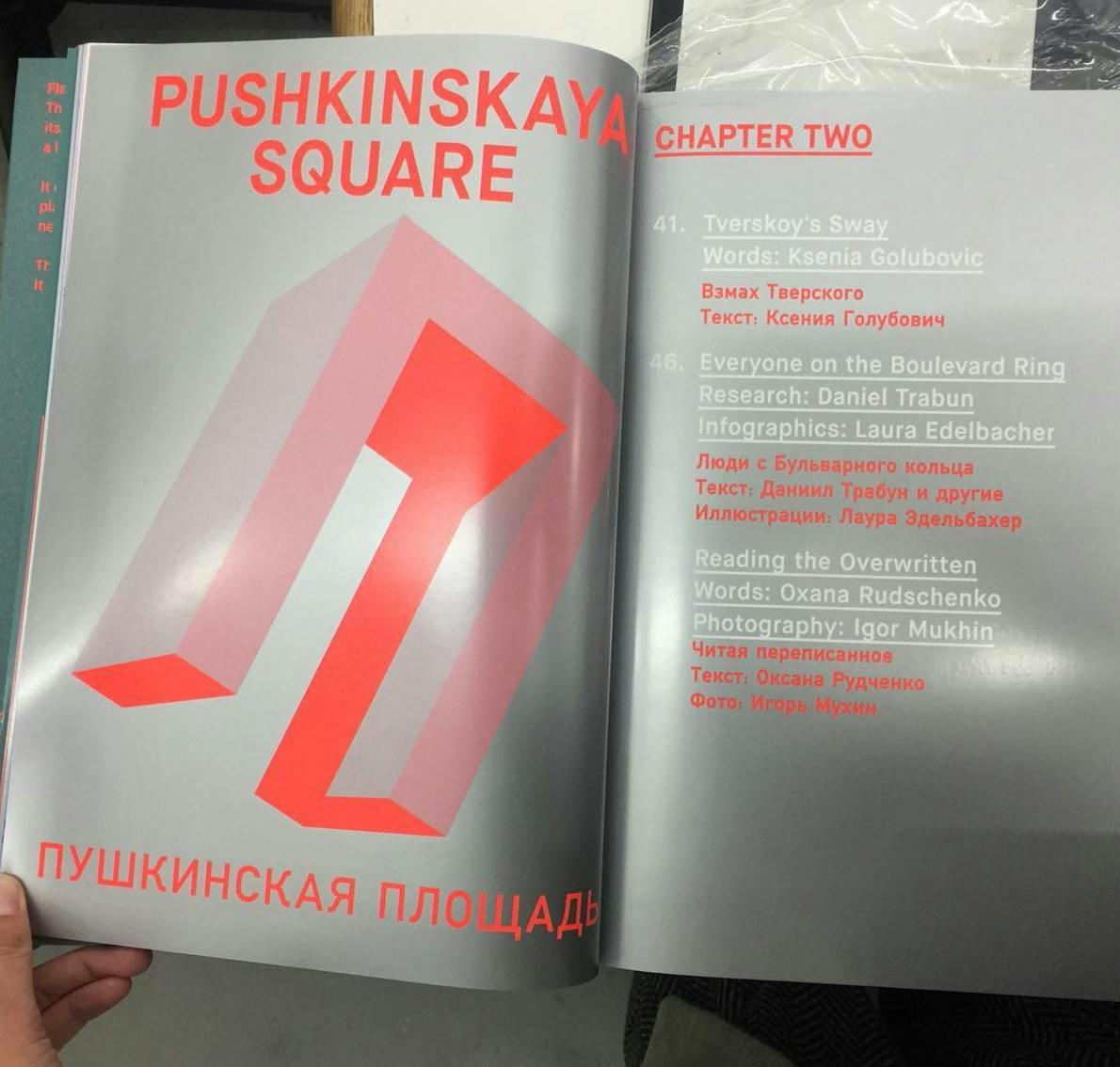
Your description above of the flaneur in “Kantstrasse” seems almost like the approach of Sofa to understanding the internet. Are you continuing Baudelaire’s thread from pastoral → urban → digital? Are you doing something else entirely?
Sofa is not focussing on the internet per se. Our theme for this publication, I co-edit it with my friend Caia who is based in Montreal, is that Life is A Chatroom. We are trying to establish a zone where it’s healthy to disagree, talk about the darker, smuttier aspects in life, basically sit on a sofa whether it’s digital or analog communication. The first issue was about the Teens of Today, we also co-edited with a 16yo teenager, Cyberlove just launched.
What fascinated me the most about starting another magazine was actually the format, in the style it is being produced. When you look at Flaneur and SOFA, the aesthetics say it all, and that underlines also the overall editorial DNA of the publication itself.

How have Flaneur and Sofa changed how you feel about meeting people? How well can you understand someone after 2 months, or even a day?
Well if you deal with magazines, you deal with stories. And stories are being told by people. For me it’s always been like that – if an encounter strikes me from the first moment, usually a longer relationship nourishes from it. But it’s not like Flaneur and Sofa have now officially trained me to better understand people haha I might be simply more empathic and aware for all of the diverse microcosms that exist in the world and our society.
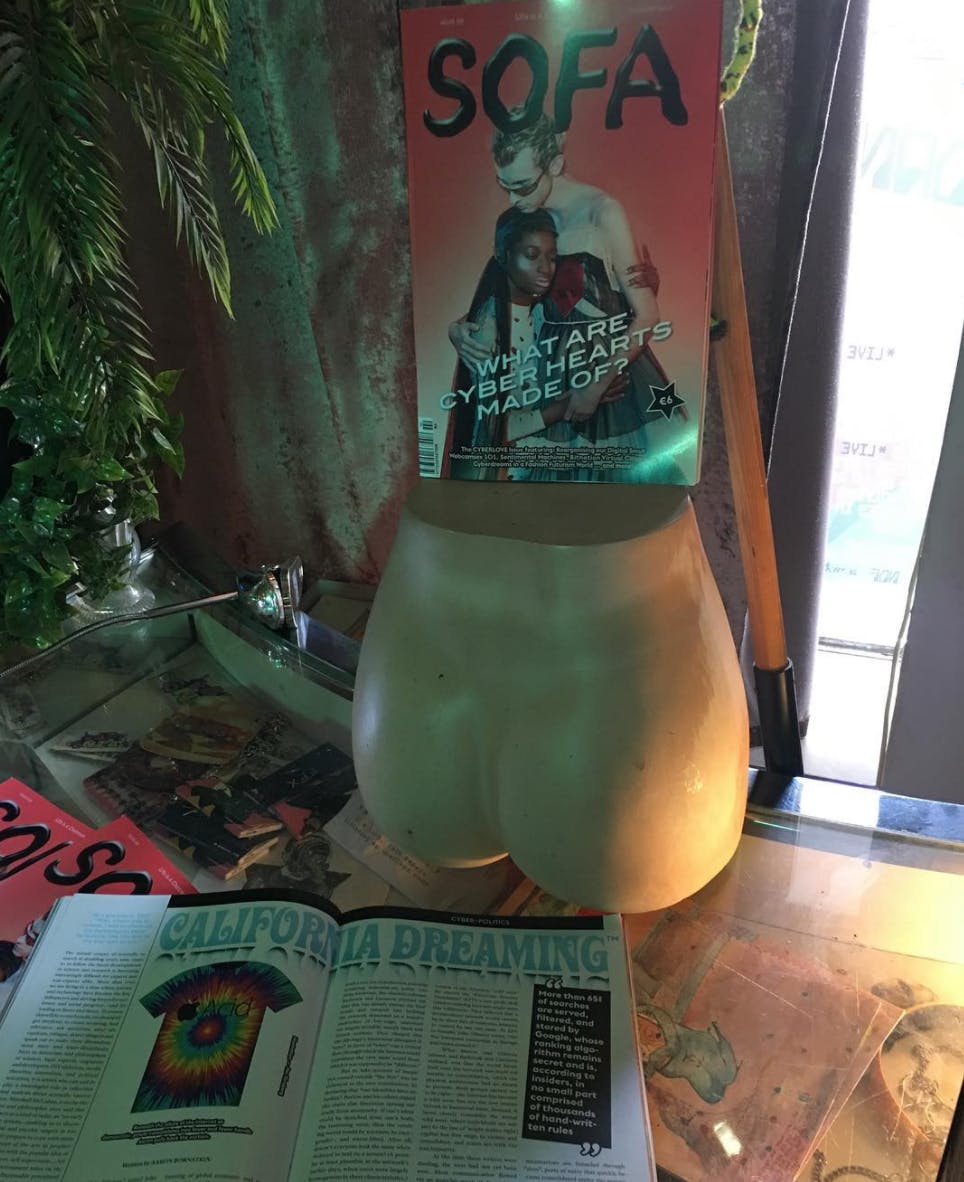
What do you mean by Edition Messner’s subtitle “Publishing Dreams”?
